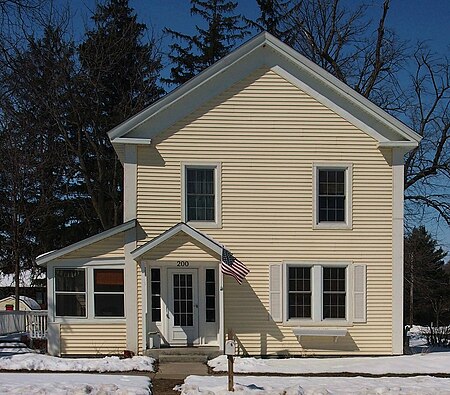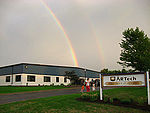Edward T. Archibald House
Greek Revival houses in MinnesotaHouses in Rice County, MinnesotaHouses on the National Register of Historic Places in MinnesotaNational Register of Historic Places in Rice County, Minnesota

The Edward T. Archibald House is a historic farmhouse in Dundas, Minnesota, United States. The private home was placed on the National Register of Historic Places (NRHP) on June 17, 1976. Built in the 1860s, the farmhouse is significant for its association with the prominent miller Edward T. Archibald, whose nearby Archibald Mill was an important mill in the history of Minnesota's flour milling industry.
Excerpt from the Wikipedia article Edward T. Archibald House (License: CC BY-SA 3.0, Authors, Images).Edward T. Archibald House
2nd Street South,
Geographical coordinates (GPS) Address Nearby Places Show on map
Geographical coordinates (GPS)
| Latitude | Longitude |
|---|---|
| N 44.426111111111 ° | E -93.204166666667 ° |
Address
2nd Street South 205
55019
Minnesota, United States
Open on Google Maps





